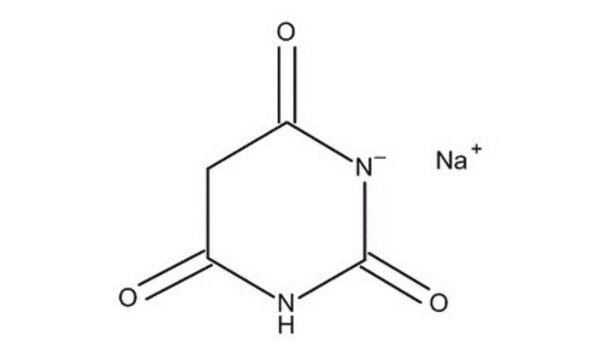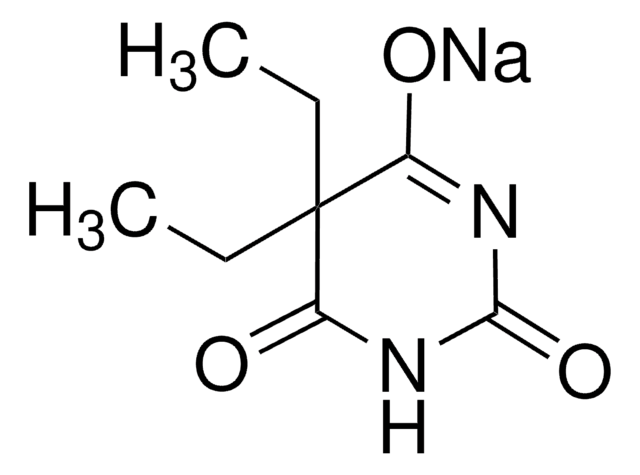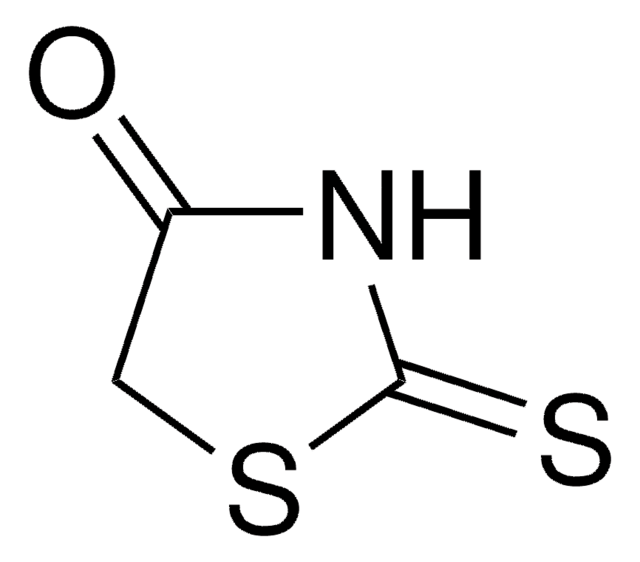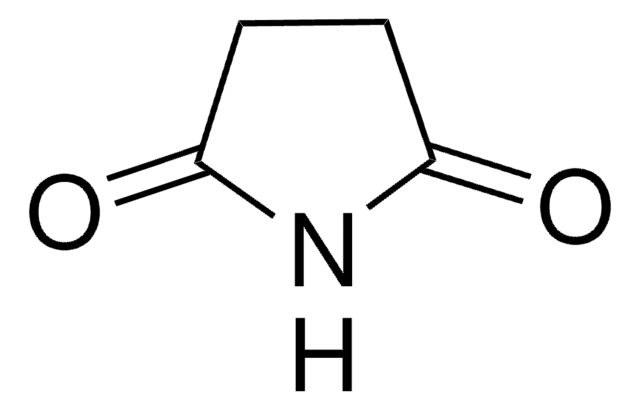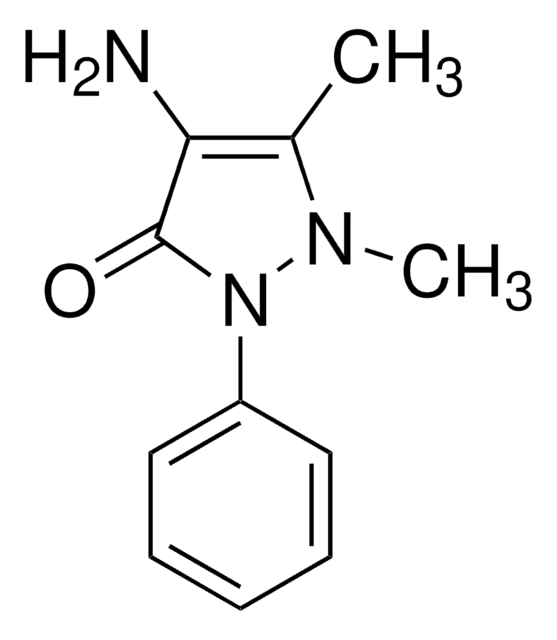11709
Barbituric acid
for spectrophotometric det. of cyanide, ≥99.5%
Sinónimos:
2,4,6-Trihydroxypyrimidine, Malonylurea
About This Item
Productos recomendados
Nivel de calidad
Ensayo
≥99.5% (HPLC)
≥99.5%
Formulario
solid
calidad
for spectrophotometric det. of cyanide
técnicas
UV/Vis spectroscopy: suitable
residuo de ign.
≤0.05%
mp
248-252 °C (dec.) (lit.)
trazas de anión
chloride (Cl-): ≤50 mg/kg
sulfate (SO42-): ≤500 mg/kg
trazas de catión
Ca: ≤10 mg/kg
Cd: ≤5 mg/kg
Co: ≤5 mg/kg
Cr: ≤5 mg/kg
Cu: ≤5 mg/kg
Fe: ≤5 mg/kg
Mg: ≤10 mg/kg
Mn: ≤5 mg/kg
Ni: ≤5 mg/kg
Pb: ≤5 mg/kg
Zn: ≤5 mg/kg
cadena SMILES
O=C1CC(=O)NC(=O)N1
InChI
1S/C4H4N2O3/c7-2-1-3(8)6-4(9)5-2/h1H2,(H2,5,6,7,8,9)
Clave InChI
HNYOPLTXPVRDBG-UHFFFAOYSA-N
¿Está buscando productos similares? Visita Guía de comparación de productos
Categorías relacionadas
Descripción general
Aplicación
Código de clase de almacenamiento
11 - Combustible Solids
Clase de riesgo para el agua (WGK)
WGK 1
Punto de inflamabilidad (°F)
302.0 °F - closed cup
Punto de inflamabilidad (°C)
150.00 °C - closed cup
Equipo de protección personal
Eyeshields, Gloves, type N95 (US)
Elija entre una de las versiones más recientes:
¿Ya tiene este producto?
Encuentre la documentación para los productos que ha comprado recientemente en la Biblioteca de documentos.
Los clientes también vieron
Nuestro equipo de científicos tiene experiencia en todas las áreas de investigación: Ciencias de la vida, Ciencia de los materiales, Síntesis química, Cromatografía, Analítica y muchas otras.
Póngase en contacto con el Servicio técnico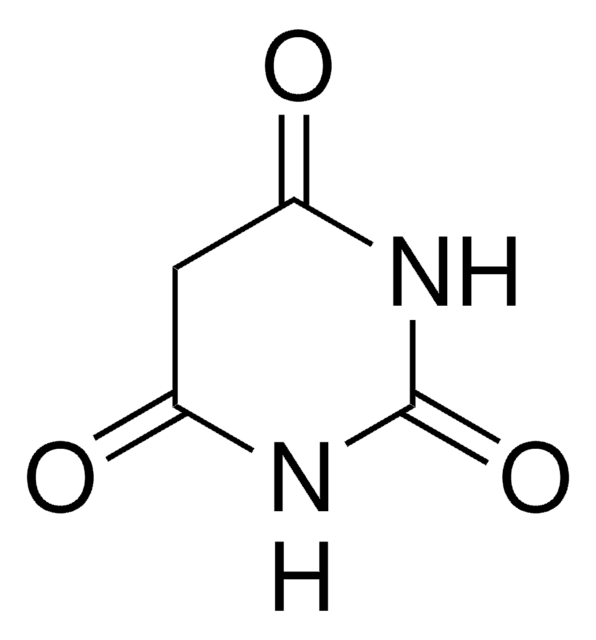
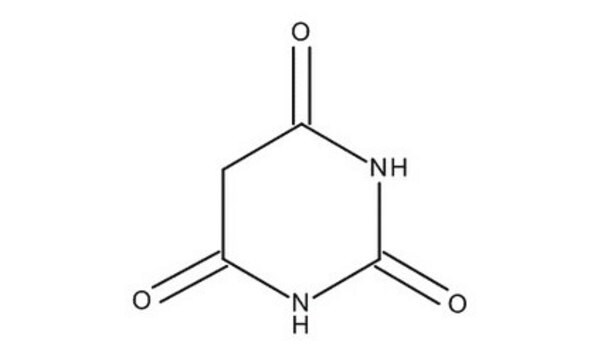

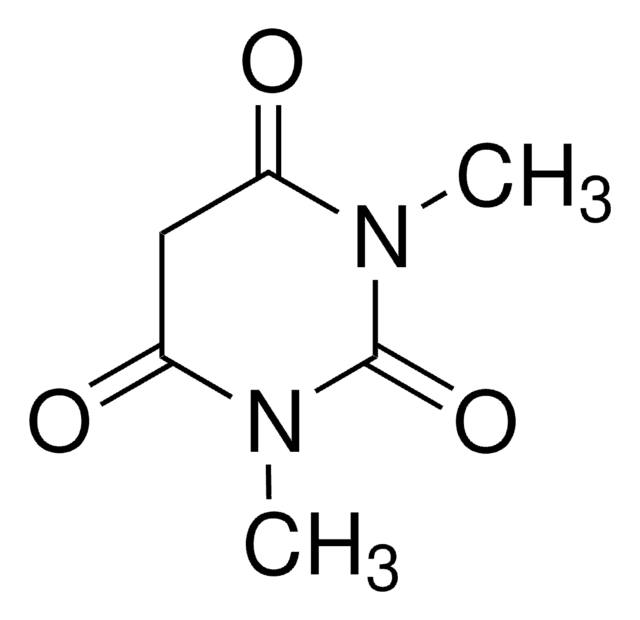
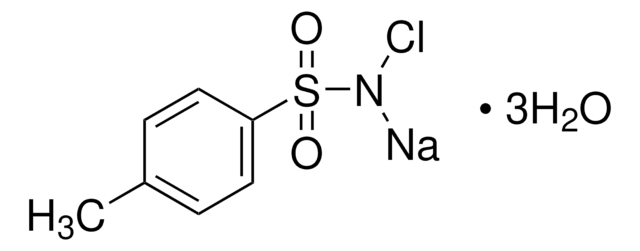
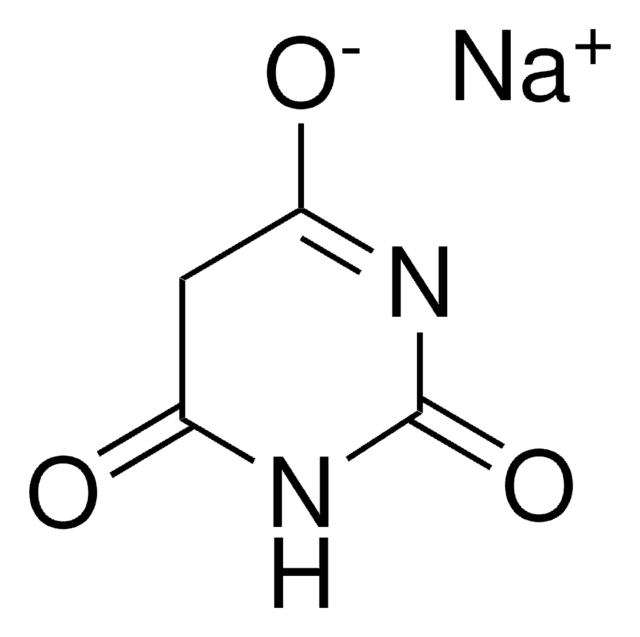
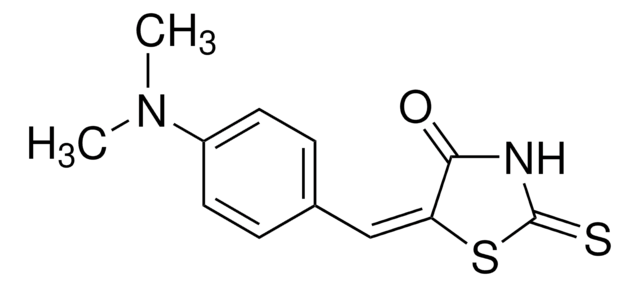

![Cyanide standard solution traceable to SRM from NIST K₂[Zn(CN)₄] in H₂O 1000 mg/l CN Certipur®](/deepweb/assets/sigmaaldrich/product/images/920/032/af45eec3-100b-4996-8eb3-c3942d441bc9/640/af45eec3-100b-4996-8eb3-c3942d441bc9.jpg)
